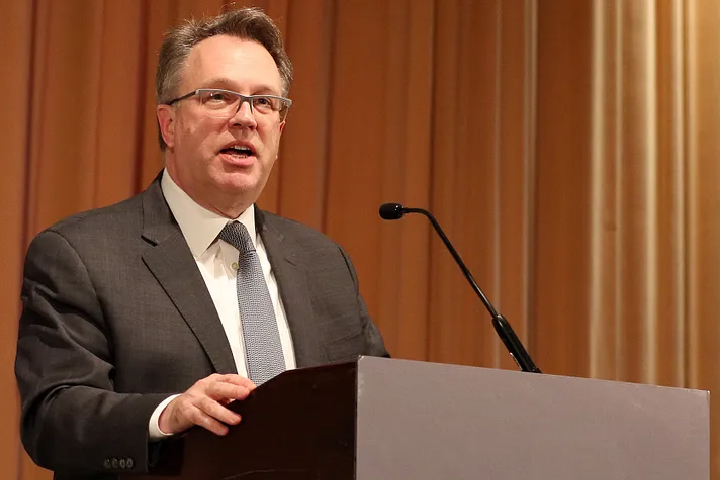
On Monday, July 15, New York Fed President John Williams spoke at the Securities Industry and Financial Markets Association (SIFMA) about the transition away from LIBOR.
He said:
“It’s readily apparent to all those in the industry — both firms and regulators — that LIBOR is fundamentally broken.”
“There’s broad recognition that exposure to LIBOR is a leading risk to financial stability. We need to treat it as such.
“We need a mindset shift where firms realize that every new U.S. dollar LIBOR contract written digs a deeper hole that will be harder to climb out of.”
In his speech, President Williams reminded the audience why “replacing LIBOR is so critical.” He said “The reliance on expert judgment, rather than actual data, makes the rate too vulnerable to manipulation.” He noted that “in 2022 the existence of LIBOR will no longer be guaranteed” and that banks need to prepare for the transition away from the rate.
President Williams said that “significant progress has been made, moving us toward a safe and sound reference rates regime.” In particular, he highlighted that in 2017, the Alternative Reference Rates Committee “selected the Secured Overnight Financing Rate (SOFR) as its preferred alternative to U.S. dollar LIBOR.” Still, much more work remains. “In my view, the biggest challenge isn’t liquidity or the creation of a term rate, it’s a willingness on the part of the market to stop using LIBOR,” he said. “If companies are going to use LIBOR, they need to start including robust fallback language in the contract, so that if LIBOR ceases to exist, chaos does not ensue.”
He concluded by reminding the audience that “This is a problem you have the opportunity to get ahead of now. Don’t wait until January 1, 2022 to manage your business’ transition away from LIBOR, because it’s going to be too late.”
This article was originally published by the New York Fed on Medium.
The views expressed in this article are those of the contributing authors and do not necessarily reflect the position of the New York Fed or the Federal Reserve System.










